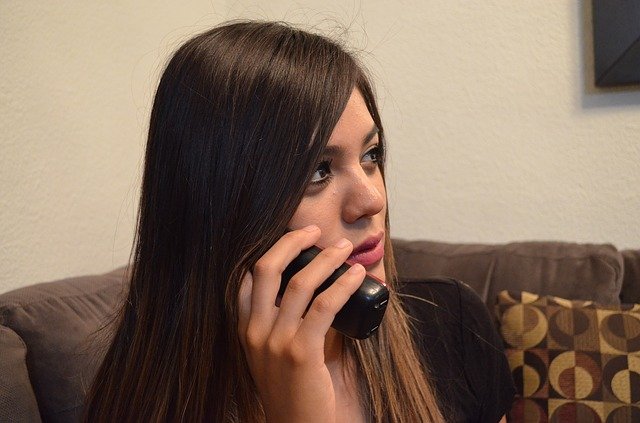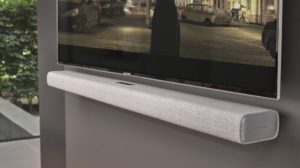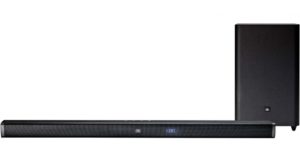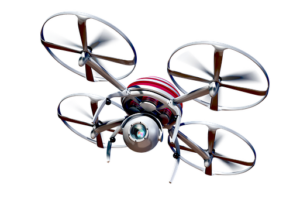Medical alert systems can track where they are used, at home or away from home, and who you can call listed the device. It’s, for example, your family, professional healthcare, or 911. This medical alert device has a button that you can press to get help in an emergency event. People wear this button as a necklace or bracelet. Also, the device can sit on the walls of your home. These systems can be supervised or unsupervised. Learn more about these systems here.
Monitored vs. Unmonitored Medical Alert Systems
If the device is held down, it can send an alert signal to the healthcare center. Then, you will find a person speaking to you on the call or a portable system. What’s best is that you may choose to talk to them and explain what is happening. If you want them to come, people in the center will connect you to them. However, if you need further emergency medical help, they can call 911 and send necessary emergency services right away. There is a typical cost for monitored clinical alert facilities. The subscription consists of additional services, including companion care, medication alarms, routine monitoring calls, and alternative batteries.

When you hold down the crisis button on an unmonitored pharmaceutical alert system, it will call anyone closest to you or another pre-programmed crisis contact. There is no monthly charge for an unmonitored science alert device. However, we suggest you opt for a supervised system. If the unattended device is set to phone your family member, it is a risk of not recognizing the area or hearing the phone going off. If your system is directed to a monitoring center, your all may be guaranteed to be answered within seconds.
If your unit is configured to contact the emergency center, you can’t talk to the unit center. They store any personal data of their clients, including information about your medical history and the code to access your backup locker. Suppose you use a GPS-based device. Your exact location will also be transmitted to them. It can carry this data to emergency services, which won’t waste time finding you or entering your home.
In-Home vs. Mobile Medical Alert System
In addition to the distinction between monitored and unmonitored systems, there are other varieties of medical alert systems, such as home control centers or hands-free devices. A home emergency call device includes a post station, wall devices, and a portable device. The post station serves as a hands-free device and should be kept in the exact location to communicate and monitor when in need. The mobile system only runs close to the central station, making it ideal for people who usually stay at home.
In contrast, a cellular clinical alert device operates if you are away from home. Many companies sell portable base stations that can be carried in your pouch, while others offer handheld devices with built-in speakers and microphones. These systems are often equipped with GPS monitoring technology. It allows the center or people you choose to register to see precisely wherever you are in the event of an emergency. This way, emergency services can instantly find and help you.
In short, if you are aware of your body that might get sick anytime, you should have one of these systems with you. Earlier medical care you get means the better and higher chance for you to survive. So, choose wisely the type of medical alert system that suits your needs. I hope this article helps you find the right device for you.
…

 The other thing you need to look out for is the brand. There are so many companies out there producing this type of audio system. Look for a company that is known for the best. Reviews from different platforms will help you understand which soundbar system is the best. There are several reasons why you should choose a soundbar over other types of audio systems. They include:
The other thing you need to look out for is the brand. There are so many companies out there producing this type of audio system. Look for a company that is known for the best. Reviews from different platforms will help you understand which soundbar system is the best. There are several reasons why you should choose a soundbar over other types of audio systems. They include: The other good thing about this audio system is that it is affordable compared to other types and also produces excellent sound quality. If you want to enjoy quality home music entertainment on a budget, then a soundbar is the best option.…
The other good thing about this audio system is that it is affordable compared to other types and also produces excellent sound quality. If you want to enjoy quality home music entertainment on a budget, then a soundbar is the best option.… Taking into account where you reside, drone laws do vary. In fact, some countries require users to register their drones. This is because unauthorized drone flights to security sensitive areas such as airports have become a serious problem. Therefore, you need to know the applicable laws in your area. Each country or city may have specific laws for drone flights. It is your duty to carry out extensive research and abide by such laws. This also applies if you are traveling to another country or city.
Taking into account where you reside, drone laws do vary. In fact, some countries require users to register their drones. This is because unauthorized drone flights to security sensitive areas such as airports have become a serious problem. Therefore, you need to know the applicable laws in your area. Each country or city may have specific laws for drone flights. It is your duty to carry out extensive research and abide by such laws. This also applies if you are traveling to another country or city. It takes the time to edit and process your videos and photos. Before you get cinematic-quality shots, you need to learn how to fly and edit your recordings. It is advisable to utilize intelligent flight modes. You should note that there is a learning curve for any given editing software. Therefore, be patient and have fun as you create your videos.
It takes the time to edit and process your videos and photos. Before you get cinematic-quality shots, you need to learn how to fly and edit your recordings. It is advisable to utilize intelligent flight modes. You should note that there is a learning curve for any given editing software. Therefore, be patient and have fun as you create your videos.